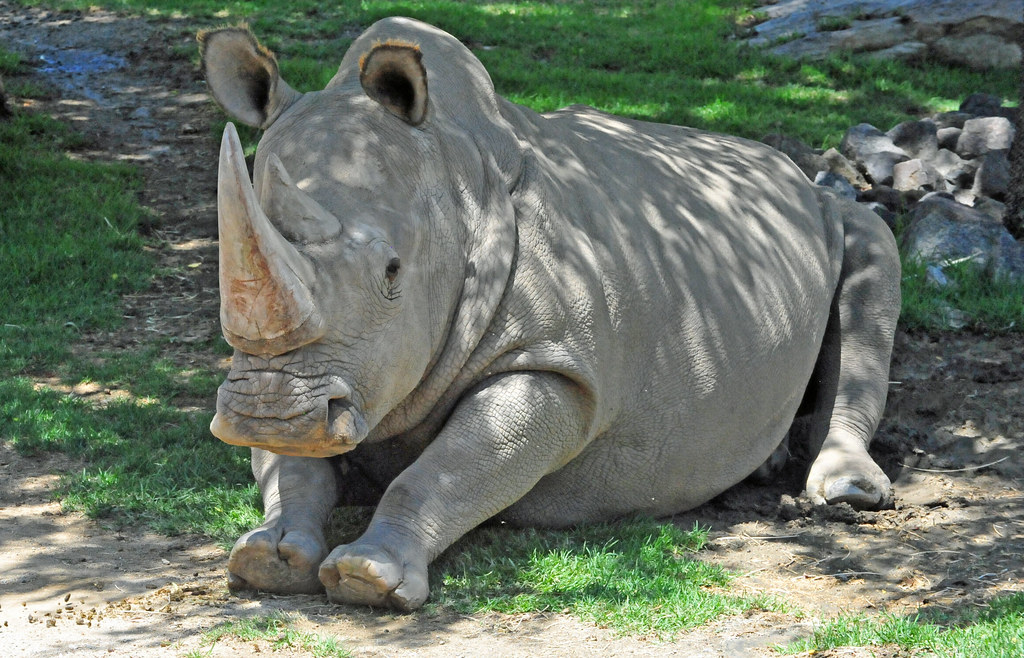Expert Reaction
These comments have been collated by the Science Media Centre to provide a variety of expert perspectives on this issue. Feel free to use these quotes in your stories. Views expressed are the personal opinions of the experts named. They do not represent the views of the SMC or any other organisation unless specifically stated.
Associate Professor Nic Rawlence, Director of the Otago Palaeogenetics Lab at the University of Otago
Worldwide, genetic engineering is becoming another tool in the conservation tool box that can be used alongside more traditional methods like predator control, habitat restoration, translocation, and genetic rescue (i.e. interbreeding of distinct populations to increase genetic variation) to conserve endangered species. While this technology is still illegal in Aotearoa New Zealand as the current ban has not been lifted, now is the time to be having these conversations as a community, and with mana whenua, over its use, not just on endangered species but also to control predators. The genetic engineering technology that is being developed for ‘de-extinction’ efforts can and should be used for saving species…imagine if we could genetically engineer a species to be resistant to a disease or reintroduce lost genetic variation back into a population to give it the evolutionary potential to adapt to a fast changing world.
This paper by Cock van Oosterhout and colleagues (including scientists at Colossal Biosciences involved in ‘de-extinction’) is a good start in initiating these conversations, arguing for a measured and cautious approach, with genetic engineering as one tool in the conservation arsenal. There will be challenges to using genetic engineering in endangered species from unintended consequences to the individual, but also the wild populations and ecosystems where these individuals may get released into – it was nice to see a paper that discussed the potential downsides of this technology for a change. While this technology could be a game changer in some situations, it may not be a silver bullet for New Zealand birds, which are characterised by small populations that are slow breeding…this makes getting any new genetic variant (like a disease resistant gene or lost genetic variation) fixed in the population difficult due to inbreeding (breeding with close relatives) and random loss of genetic variants from generation to generation.
Where this paper by Cock van Oosterhout and colleagues misses a beat is around discussing Indigenous perspectives and community engagement, which to me feels minimised, and could create the false perception that it’s a nice to have but not necessary. In New Zealand, and many other parts of the world, Indigenous and community voices are crucial. There are valid concerns that Māori have been excluded from conversations about using genetic engineering and the draft Gene Technology Bill. Liked I raised in my recent Conversation piece, without Māori support or involvement, the genetic engineering of animals and their release would constitute a breach of Article Two of Tiriti of Waitangi (the Treaty of Waitangi). Māori have exclusive rights over taonga species. Māori and many other Indigenous cultures also have whakapapa (genealogical) relationships with plants and animals, and view genetic engineering as unnatural and with disgust, which could have negative consequences for genetically engineered organisms and the environment.
One aspect of genetic engineering in conservation that not discussed in the paper is its use on pest species, like gene drives where genetic variants that make individuals sterile for example are spread throughout a pest population to cause its collapse. Public perception and engagement here will again be crucial. In a study published in Nature Ecology and Evolution in 2017, there was more agreement amongst Department of Conservation staff for the use of this technology to genetically edit pests than endangered species.
Overall, given recent publicity around genetic engineering and ‘de-extinction’, it’s nice to see a measured approach advocated (including discussing the downsides…you don’t see that with de-extinction) that was not science by press release. In the current environment, funding this potentially revolutionary science will be difficult - the authors were quick to point out, without mentioning de-extinction, that the same private funders could fund this research. If the challenges with this technology can be overcome, then it could be a game changing tool in the conversation toolbox, so long as there was widespread Indigenous and community support, with free, prior and informed consent. Only time will tell but best to keep up our current conservation initiatives in the meantime.



 International
International


